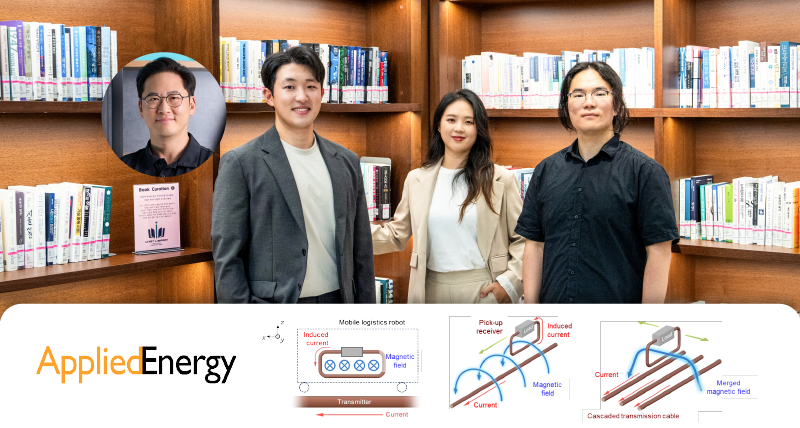Advancements in electric vehicle (EV) technology are paving the way for solutions that reduce the need for searching for charging stations.
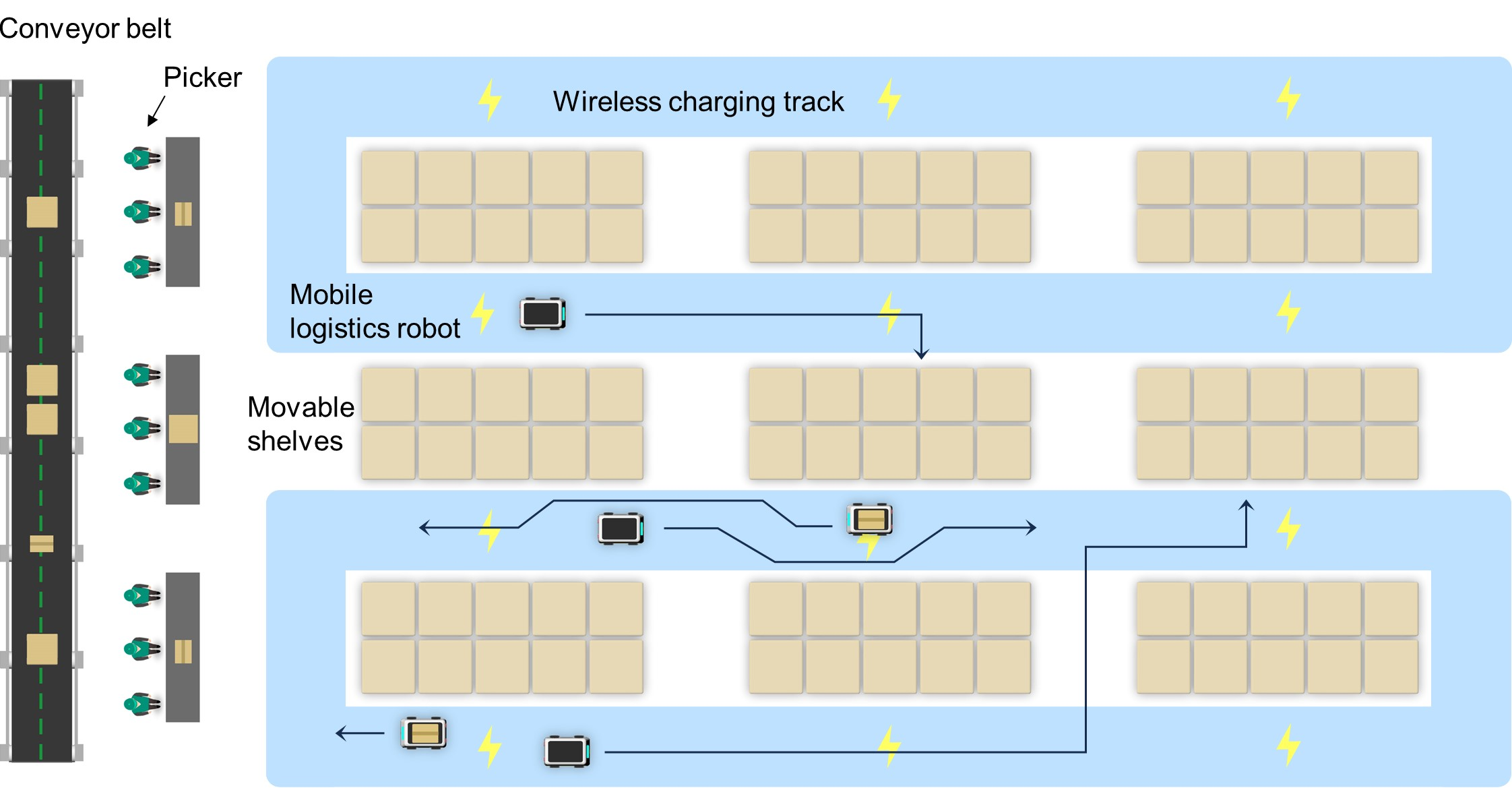
Figure 1. Application of a track type dynamic wireless power transfer system in logistics.
A research team, affiliated with UNIST has developed technology that enables wireless power supply to moving vehicles. Led by Professor Franklin Bien in the Department of Electrical and Electronic Engineering, the team has introduced a wireless charging track system that delivers uninterrupted power to vehicles in motion. This innovative system generates a wide and strong magnetic field using a network of wires, allowing vehicles to maneuver freely both forward and backward without the need for expensive ferromagnetic materials.
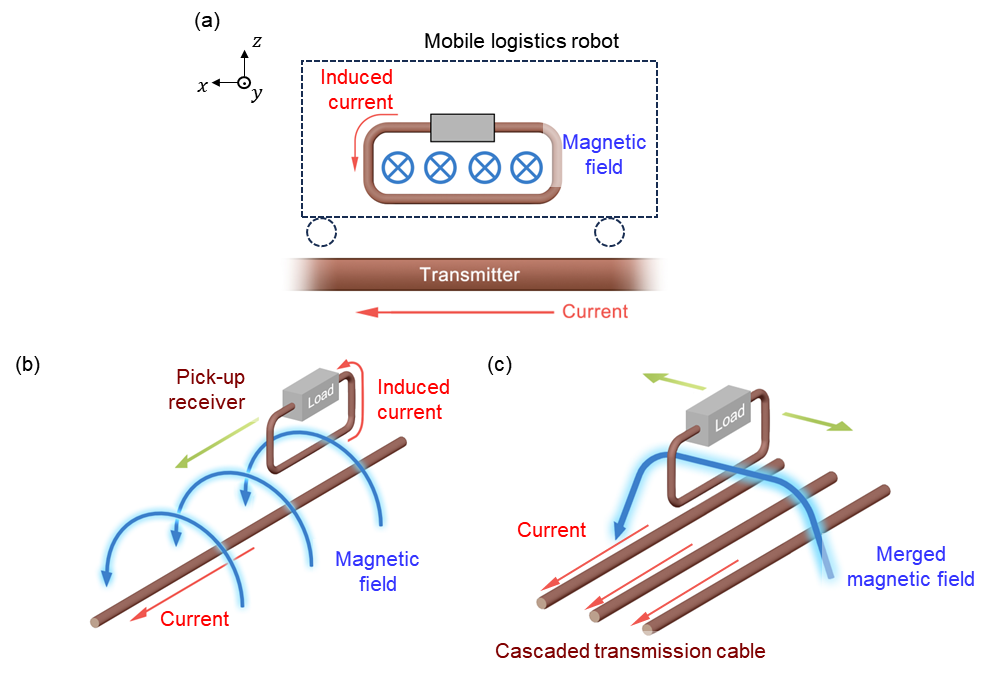 Figure 2. System overview and working principle.
Figure 2. System overview and working principle.
An electric current flowing through an electromagnetic generator creates a circular magnetic field, which facilitates efficient power transfer as the magnetic field expands through multiple wires. As a result, electric vehicles can navigate flexibly along power supply tracks formed by this extensive magnetic field.
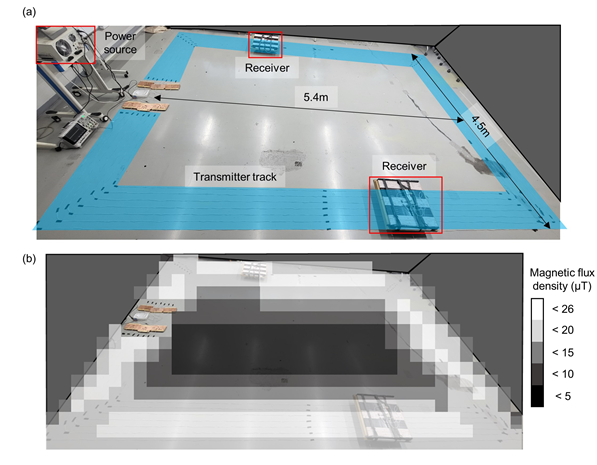 Figure 3. Experiments measuring magnetic flux density based on receiver position on and around the track.
Figure 3. Experiments measuring magnetic flux density based on receiver position on and around the track.
Additionally, the team has developed algorithms to optimize the design of power supply tracks and power receivers, increasing the power transfer efficiency for electric vehicles by up to 90%. While existing technologies have focused on using ferromagnetic materials to enhance efficiency, these approaches often face practical challenges due to high costs and poor durability.
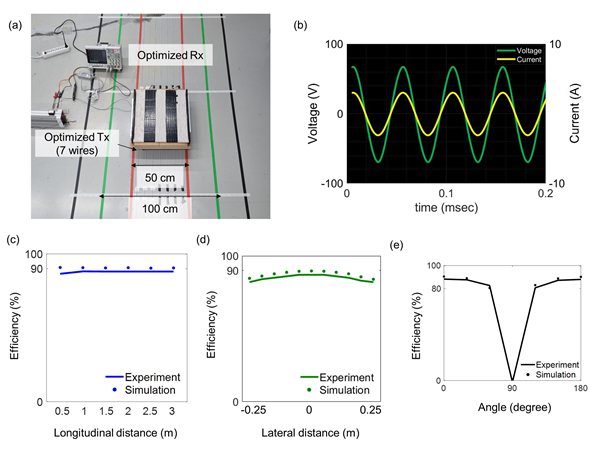
Figure 4. Experimental validation of the proposed track type wireless power transfer system.
To ensure the practical application of this wireless power supply technology, the research team has conducted thorough safety verifications, including compliance with standards set by the Institute of Electrical and Electronics Engineers (IEEE) and the International Commission on Non-Ionizing Radiation Protection (ICNIRP).
Professor Bien stated, “Transportation, including electric vehicles, should be able to move flexibly not only in parallel but also vertically; however, existing dynamic wireless charging technologies have yet to achieve this.”
First author Hyunkyeong Jo added, “If this technology is implemented in electric vehicles, it can address the challenges of long charging times and short driving ranges. Furthermore, by reducing battery size, we can decrease air pollution stemming from resource extraction, such as lithium, promoting sustainable use of natural resources.”
The research findings were published in Applied Energy on August 12, 2024. This study was conducted with support from the ITP Regional Intelligence Innovation Talent Development Project and the National Research Foundation of Korea (NRF).
Journal Reference
Hyunkyeong Jo, Seoktae Seo, Jungho Kim, and Franklin Bien, “A coreless track-type seamless wireless charging system using co-planar wires enabling quasi-free planar movements for mobile logistics robots,” Applied Energy, (2024).


